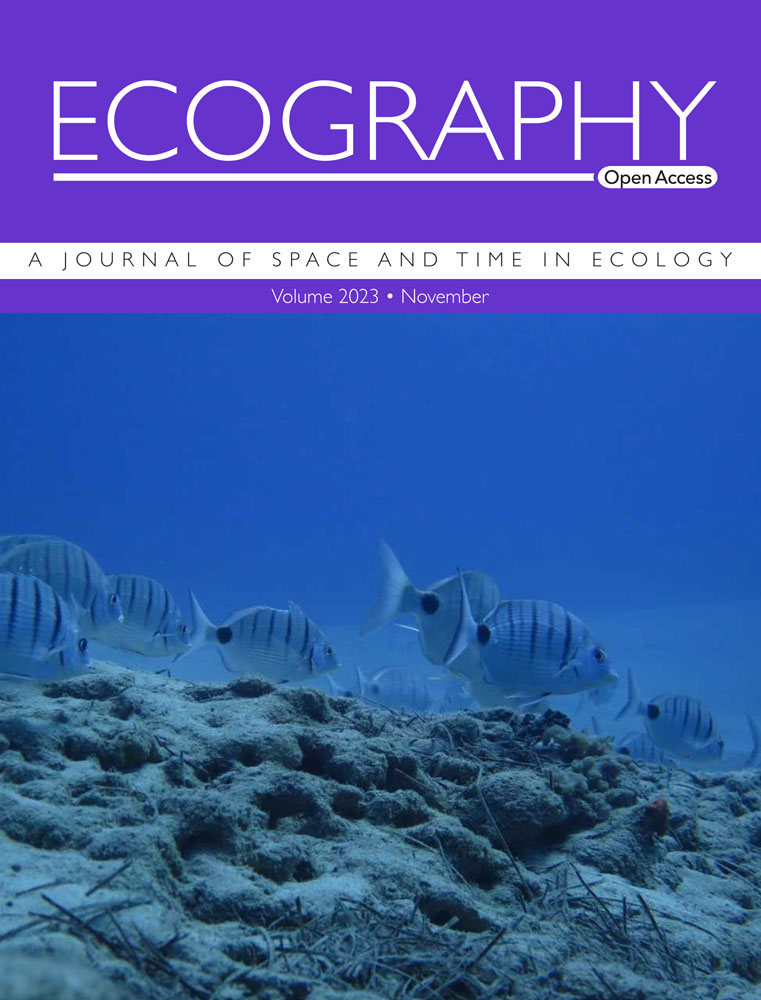A systematic review evaluating the performance of eDNA methods relative to conventional methods for biodiversity monitoring
IF 5.4
1区 环境科学与生态学
Q1 BIODIVERSITY CONSERVATION
引用次数: 0
Abstract
The rapid adoption of environmental DNA (eDNA) methods has drastically changed biodiversity monitoring efforts. It is often claimed that eDNA methods are more sensitive and efficient than conventional biodiversity monitoring methods, but it is often unclear what metrics support this claim. There have been many direct comparative studies between eDNA and conventional methods; several supporting the increased sensitivity and efficiency of eDNA methods, others finding the opposite.Here, we systematically review all comparative studies between eDNA and conventional methods published between 2008 and 2023. We review various metrics used to evaluate the relative performance of eDNA methods and whether study characteristics influenced comparative outcomes. We found that eDNA is more likely to provide increased estimates of sensitivity metrics (i.e. species richness and detection probability) and lower estimates of efficiency metrics (i.e. cost and sampling time/effort). However, eDNA methods displayed their own biases, often recovering communities distinct from those revealed via conventional methods. While eDNA methods were capable of describing abundance and improving taxonomic resolution, we observed substantial variation. Trends in comparative outcomes were consistent across study characteristics, but we highlight areas that have received little exploration into the relative performance of eDNA, including across much of the Global South and the ability of eDNA to monitor temporal changes in biodiversity. Our review provides a comprehensive examination of eDNA comparative studies and delivers clarity to conservation professionals on where, when, and how eDNA methods are likely to add value to biodiversity monitoring initiatives.对生物多样性监测中eDNA方法相对于传统方法的性能进行了系统评价
环境DNA (eDNA)方法的迅速采用极大地改变了生物多样性监测工作。人们经常声称eDNA方法比传统的生物多样性监测方法更敏感和有效,但通常不清楚哪些指标支持这一说法。eDNA与常规方法之间有许多直接的比较研究;一些人支持增加eDNA方法的灵敏度和效率,另一些人则认为相反。在这里,我们系统地回顾了2008年至2023年间发表的eDNA与传统方法之间的所有比较研究。我们回顾了用于评估eDNA方法相对性能的各种指标,以及研究特征是否影响比较结果。我们发现,eDNA更有可能提供更高的灵敏度指标(即物种丰富度和检测概率)和更低的效率指标(即成本和采样时间/努力)。然而,eDNA方法显示出自己的偏见,通常恢复的群落与通过传统方法揭示的不同。虽然eDNA方法能够描述丰度并提高分类分辨率,但我们观察到实质性的差异。比较结果的趋势在研究特征中是一致的,但我们强调了对eDNA的相对表现进行较少探索的领域,包括全球南方的大部分地区和eDNA监测生物多样性时间变化的能力。我们的综述提供了对eDNA比较研究的全面检查,并为保护专业人员提供了关于eDNA方法在何时、何地以及如何可能为生物多样性监测举措增加价值的清晰信息。
本文章由计算机程序翻译,如有差异,请以英文原文为准。
求助全文
约1分钟内获得全文
求助全文
来源期刊

Ecography
环境科学-生态学
CiteScore
11.60
自引率
3.40%
发文量
122
审稿时长
8-16 weeks
期刊介绍:
ECOGRAPHY publishes exciting, novel, and important articles that significantly advance understanding of ecological or biodiversity patterns in space or time. Papers focusing on conservation or restoration are welcomed, provided they are anchored in ecological theory and convey a general message that goes beyond a single case study. We encourage papers that seek advancing the field through the development and testing of theory or methodology, or by proposing new tools for analysis or interpretation of ecological phenomena. Manuscripts are expected to address general principles in ecology, though they may do so using a specific model system if they adequately frame the problem relative to a generalized ecological question or problem.
Purely descriptive papers are considered only if breaking new ground and/or describing patterns seldom explored. Studies focused on a single species or single location are generally discouraged unless they make a significant contribution to advancing general theory or understanding of biodiversity patterns and processes. Manuscripts merely confirming or marginally extending results of previous work are unlikely to be considered in Ecography.
Papers are judged by virtue of their originality, appeal to general interest, and their contribution to new developments in studies of spatial and temporal ecological patterns. There are no biases with regard to taxon, biome, or biogeographical area.
 求助内容:
求助内容: 应助结果提醒方式:
应助结果提醒方式:


